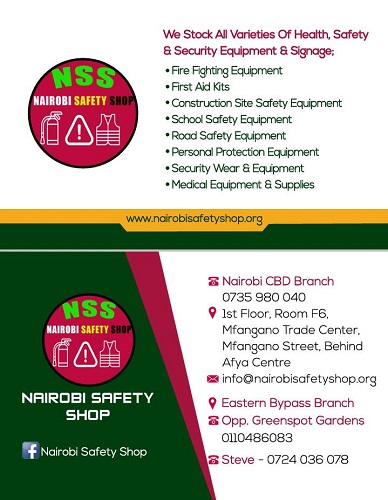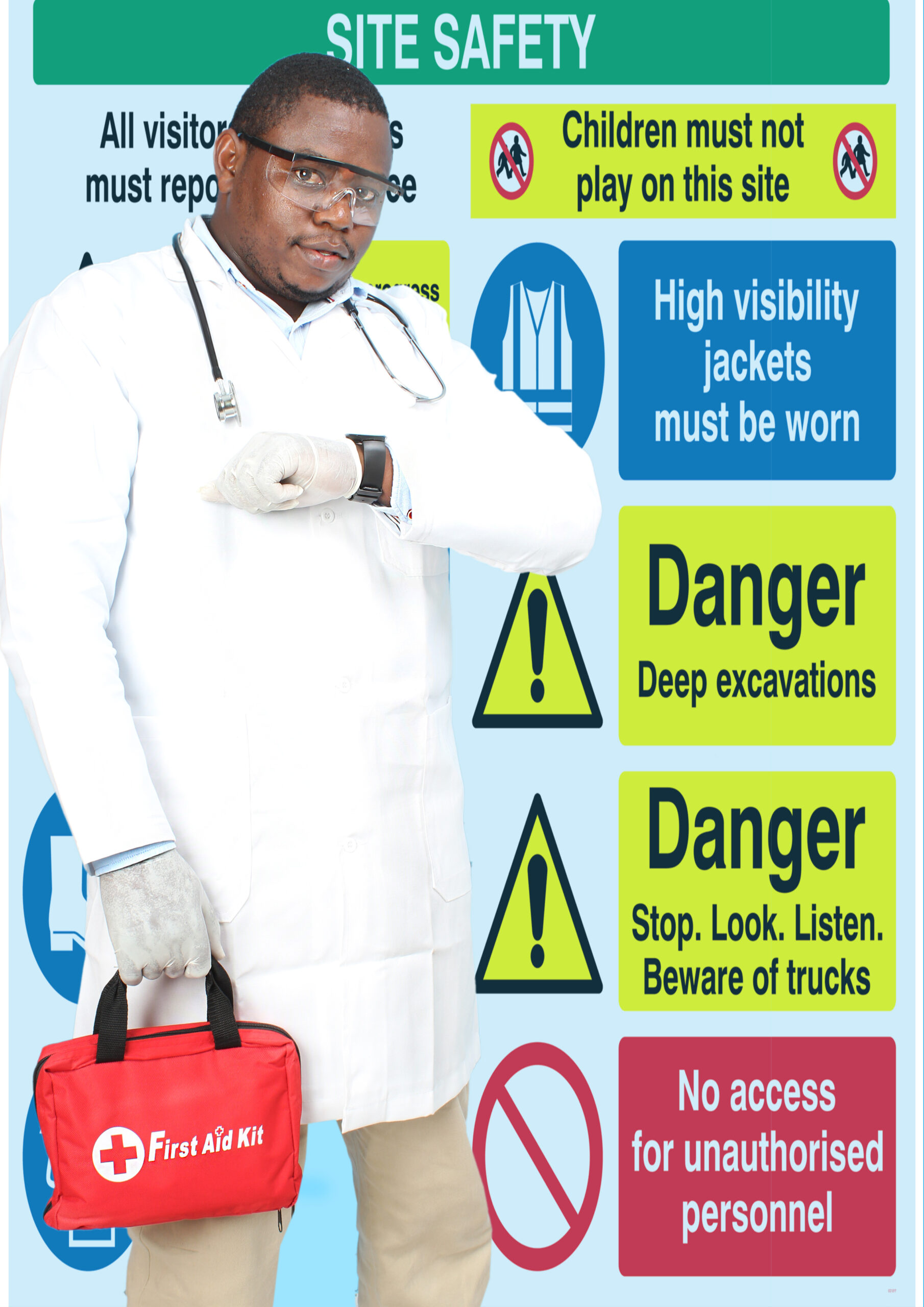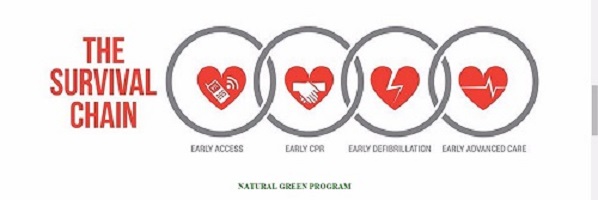Cyber security, computer, and digital safety are crucial in today’s digital age, where protecting information and systems from threats is essential. As Ambassador Steve Mbugua, the globally recognized Ambassador of Safety, I am dedicated to advancing safety practices in the digital realm to safeguard individuals and organizations from cyber threats. In this article, we explore key strategies for enhancing cyber security, including robust password management, implementing firewalls and antivirus software, ensuring safe browsing practices, and educating users on digital safety. By prioritizing these practices, we can prevent data breaches, secure personal and professional information, and promote a safer digital environment. Let’s dive into the critical components of effective cyber security and digital safety management and work together to protect our digital world.
Ensuring safety in the digital realm is increasingly critical as we become more reliant on technology for daily activities. Cyber, computer, and digital safety encompass a wide range of practices aimed at protecting individuals and organizations from cyber threats, data breaches, and other online risks. This detailed guide will cover various aspects of digital safety, including threat identification, preventive measures, best practices, legal frameworks, and the latest trends in digital safety.
Classification of Digital Safety
1. Cyber Safety
2. Computer Safety
3. Digital Safety
1. Cyber Safety
1.1 Identity Theft and Fraud Prevention
Hazards:
• Unauthorized access to personal information, financial fraud.
Preventive Measures:
• Strong Passwords: Use complex passwords and change them regularly.
• Two-Factor Authentication (2FA): Implement 2FA for an additional layer of security.
• Monitoring Accounts: Regularly monitor financial statements and credit reports for suspicious activity.
• Phishing Awareness: Educate users on recognizing and avoiding phishing scams.
1.2 Protecting Personal Information
Hazards:
• Data breaches, privacy invasion.
Preventive Measures:
• Encryption: Use encryption to protect sensitive data.
• Privacy Settings: Adjust privacy settings on social media and online accounts.
• Secure Connections: Use VPNs and secure connections when accessing the internet.
1.3 Safe Browsing Practices
Hazards:
• Malware, malicious websites.
Preventive Measures:
• Antivirus Software: Install and update antivirus software.
• Secure Browsers: Use browsers with built-in security features.
• Ad Blockers: Use ad blockers to prevent malicious advertisements.
• Safe Links: Verify the legitimacy of links before clicking.
2. Computer Safety
2.1 Hardware Security
Hazards:
• Physical damage, unauthorized access.
Preventive Measures:
• Secure Physical Access: Use locks and secure physical access to computers.
• Data Backup: Regularly back up important data to prevent loss.
• Device Tracking: Enable tracking features on devices to locate them if lost or stolen.
2.2 Software Security
Hazards:
• Outdated software, vulnerabilities.
Preventive Measures:
• Regular Updates: Keep software and operating systems updated.
• Firewall: Use firewalls to block unauthorized access.
• Security Patches: Apply security patches as soon as they are released.
2.3 Network Security
Hazards:
• Unauthorized access, data interception.
Preventive Measures:
• Secure Wi-Fi: Use strong passwords and encryption for Wi-Fi networks.
• Network Monitoring: Implement network monitoring to detect suspicious activity.
• Access Controls: Limit access to networks based on user roles.
3. Digital Safety
3.1 Protecting Digital Assets
Hazards:
• Data loss, unauthorized access.
Preventive Measures:
• Digital Rights Management (DRM): Use DRM to protect digital content.
• Cloud Security: Ensure cloud services are secure and use encryption for data stored in the cloud.
• Access Management: Use robust access management policies to control who can access digital assets.
3.2 Cyberbullying Prevention
Hazards:
• Harassment, emotional distress.
Preventive Measures:
• Education: Educate users about the impact of cyberbullying and how to prevent it.
• Reporting Mechanisms: Provide clear methods for reporting cyberbullying incidents.
• Support Services: Offer counseling and support for victims of cyberbullying.
3.3 Safe Online Behavior
Hazards:
• Exposure to inappropriate content, online predators.
Preventive Measures:
• Internet Safety Education: Teach users about safe browsing and recognizing harmful content.
• Supervised Access: Monitor internet usage and set time limits.
• Trusted Adults: Encourage users to talk to a trusted adult if they encounter something uncomfortable online.
Latest Trends in Digital Safety
1. AI and Machine Learning in Cybersecurity:
o Leveraging AI for threat detection and response.
o Automating security processes to improve efficiency.
2. Zero Trust Security Model:
o Implementing a zero trust model where no one is trusted by default, both inside and outside the network.
o Continuous verification of user and device authenticity.
3. Blockchain for Enhanced Security:
o Using blockchain technology for secure transactions and data integrity.
o Enhancing identity verification and access control.
4. Quantum Cryptography:
o Developing quantum-resistant encryption methods.
o Protecting data against future quantum computing threats.
5. Security by Design:
o Integrating security measures into the design and development of software and hardware from the outset.
o Promoting secure coding practices and regular security audits.
6. Cyber Insurance:
o Increasing adoption of cyber insurance to mitigate financial risks associated with cyber attacks.
o Developing policies tailored to specific industry needs.
7. IoT Security:
o Addressing security concerns related to the proliferation of IoT devices.
o Implementing robust security protocols for IoT networks.
8. Biometric Authentication:
o Using biometric data (e.g., fingerprints, facial recognition) for secure authentication.
o Enhancing user convenience and security.
9. Privacy Enhancing Technologies (PETs):
o Developing technologies that protect user privacy, such as differential privacy and homomorphic encryption.
o Enabling secure data sharing and analysis.
10. Extended Detection and Response (XDR):
o Implementing XDR solutions for comprehensive threat detection and response across multiple security layers.
o Integrating data from various security tools for enhanced visibility.
11. Regulatory Compliance:
o Adapting to evolving data protection regulations, such as GDPR and CCPA.
o Ensuring compliance with industry-specific security standards.
12. Human-Centric Security:
o Focusing on user behavior and awareness to improve security.
o Developing user-friendly security tools and training programs.
13. Cyber Threat Intelligence (CTI):
o Utilizing CTI to stay ahead of emerging threats.
o Sharing threat intelligence across organizations and industries.
14. Secure Remote Work:
o Implementing security measures for remote work environments.
o Ensuring secure access to corporate resources from remote locations.
15. Digital Forensics and Incident Response (DFIR):
o Enhancing DFIR capabilities to quickly respond to and recover from cyber incidents.
o Using advanced forensic tools for thorough investigations.
Laws and Regulations
1. General Data Protection Regulation (GDPR):
o Applies to the processing of personal data of individuals within the European Union.
o Requires organizations to implement data protection measures and obtain user consent.
2. California Consumer Privacy Act (CCPA):
o Provides California residents with the right to know what personal data is collected and how it is used.
o Allows consumers to request the deletion of their personal data.
3. Health Insurance Portability and Accountability Act (HIPAA):
o Establishes standards for the protection of health information in the United States.
o Requires healthcare providers to implement safeguards to ensure data confidentiality.
4. Children’s Online Privacy Protection Act (COPPA):
o Regulates the collection of personal information from children under 13 in the United States.
o Requires parental consent for data collection and usage.
5. Payment Card Industry Data Security Standard (PCI DSS):
o Sets security standards for organizations handling credit card information.
o Requires measures such as encryption and regular security testing.
6. Federal Information Security Management Act (FISMA):
o Mandates federal agencies to develop, document, and implement information security programs.
o Ensures the protection of government information and systems.
7. Electronic Communications Privacy Act (ECPA):
o Governs the interception and use of electronic communications in the United States.
o Provides guidelines for lawful access to communications data.
8. Computer Fraud and Abuse Act (CFAA):
o Prohibits unauthorized access to computers and networks.
o Establishes penalties for cybercrimes such as hacking and data theft.
9. Data Protection Act (DPA):
o UK legislation that sets out how personal data must be handled.
o Requires organizations to ensure data accuracy and security.
10. National Institute of Standards and Technology (NIST) Framework:
o Provides a voluntary framework for improving cybersecurity risk management.
o Includes guidelines for identifying, protecting, detecting, responding, and recovering from cyber incidents.
11. Sarbanes-Oxley Act (SOX):
o Establishes requirements for corporate governance and financial disclosures in the United States.
o Includes provisions for the protection of electronic records and communications.
12. International Organization for Standardization (ISO) Standards:
o Develops international standards for information security management (e.g., ISO/IEC 27001).
o Provides a systematic approach to managing sensitive company information.
Ensuring cyber, computer, and digital safety involves a multifaceted approach that includes identifying potential threats, implementing preventive measures, and staying up-to-date with the latest trends and regulations. By adopting best practices and continuously educating users, we can create a safer digital environment for individuals and organizations.
In conclusion, cyber security, computer, and digital safety are fundamental for protecting information and ensuring secure online interactions. As the Ambassador of Safety, I have highlighted the importance of implementing strong security measures, maintaining vigilance against threats, and educating users on best practices. By adopting these strategies, we can significantly reduce the risk of cyber incidents, enhance data protection, and foster a culture of digital safety. Let us commit to championing cyber security and digital safety and collaborate to create a secure digital landscape. Embracing these practices not only protects information but also supports the overall integrity and trustworthiness of our digital interactions.
READ MORE
Workplace Safety Video
Environmental Safety
Largest Safety shop
Building A Culture Of Safety



















